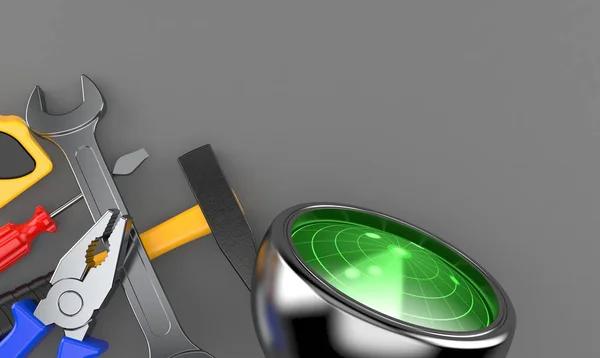Riser tools are essential components in offshore drilling operations, serving as connectors between the subsea wellhead and the surface drilling equipment. Proper maintenance of these tools is critical to ensure operational safety, reliability, and efficiency. However, maintaining riser tools presents several challenges that require expert understanding and strategic management. One of the primary difficulties lies in the harsh operating environment where riser tools function. Exposure to high pressures, corrosive seawater, and extreme temperatures accelerates wear and corrosion on metal surfaces. This environmental stress demands regular inspections using advanced non-destructive testing methods to detect early signs of fatigue or damage before failures occur.
Another significant challenge is related to explore the options complexity of riser tool designs. These tools often incorporate intricate mechanical parts such as seals, locking mechanisms, and hydraulic systems that must operate flawlessly under demanding conditions. Maintaining these components requires specialized knowledge and precision during disassembly, cleaning, replacement of worn parts, and reassembly. Inadequate maintenance can lead to misalignment or improper sealing that compromises tool integrity during deployment or retrieval.
The logistics surrounding riser tool maintenance add another layer of difficulty for operators. Offshore platforms have limited space for repair facilities and rely heavily on scheduled downtime windows for maintenance activities without disrupting ongoing drilling operations. Coordinating timely delivery of spare parts while minimizing operational interruptions demands careful planning supported by reliable inventory management systems.
Furthermore, human factors contribute significantly to maintenance challenges. Skilled technicians with expertise in riser tool mechanics are essential but often scarce due to the niche nature of this field. Continuous training programs are necessary to keep personnel updated on evolving technologies and best practices in inspection techniques or material handling procedures.
Technological advancements offer promising solutions but also introduce new complexities into maintenance routines. The integration of sensors within riser assemblies allows real-time monitoring of stress levels or seal integrity; however, interpreting this data accurately requires sophisticated analytical capabilities combined with practical experience.
Regulatory compliance imposes strict standards governing inspection intervals and documentation protocols aimed at preventing catastrophic failures that could endanger lives or cause environmental damage through oil spills.
In summary, expert insights reveal that effective riser tool maintenance hinges on overcoming environmental degradation effects, managing complex mechanical structures carefully, addressing logistical constraints offshore efficiently, investing in skilled workforce development continuously while leveraging emerging technologies prudently-all within a framework mandated by stringent regulatory requirements designed for maximum safety assurance during critical offshore operations.




